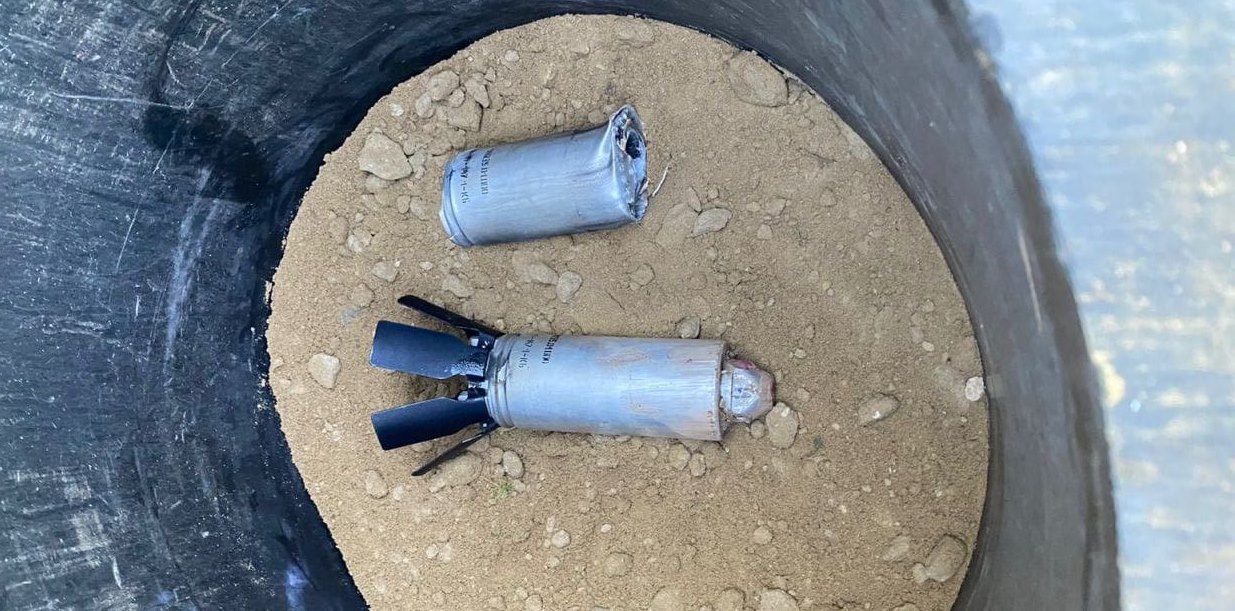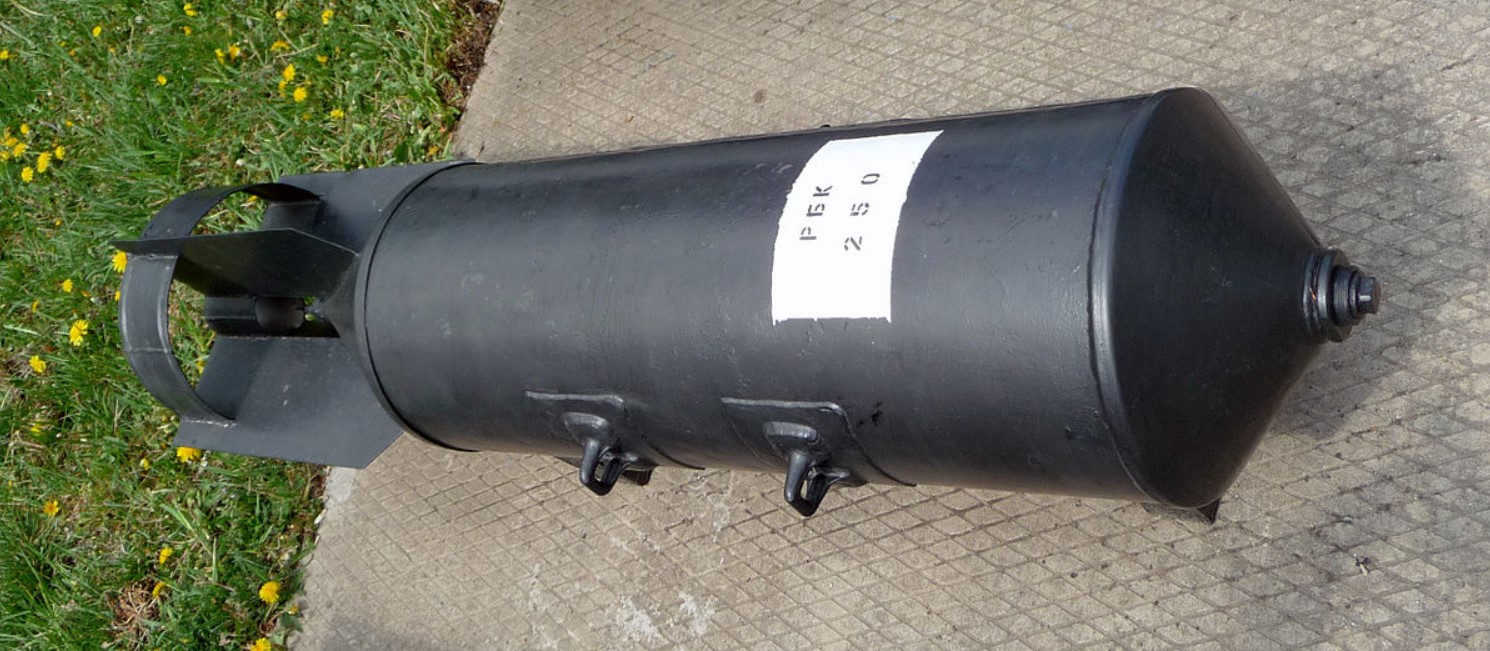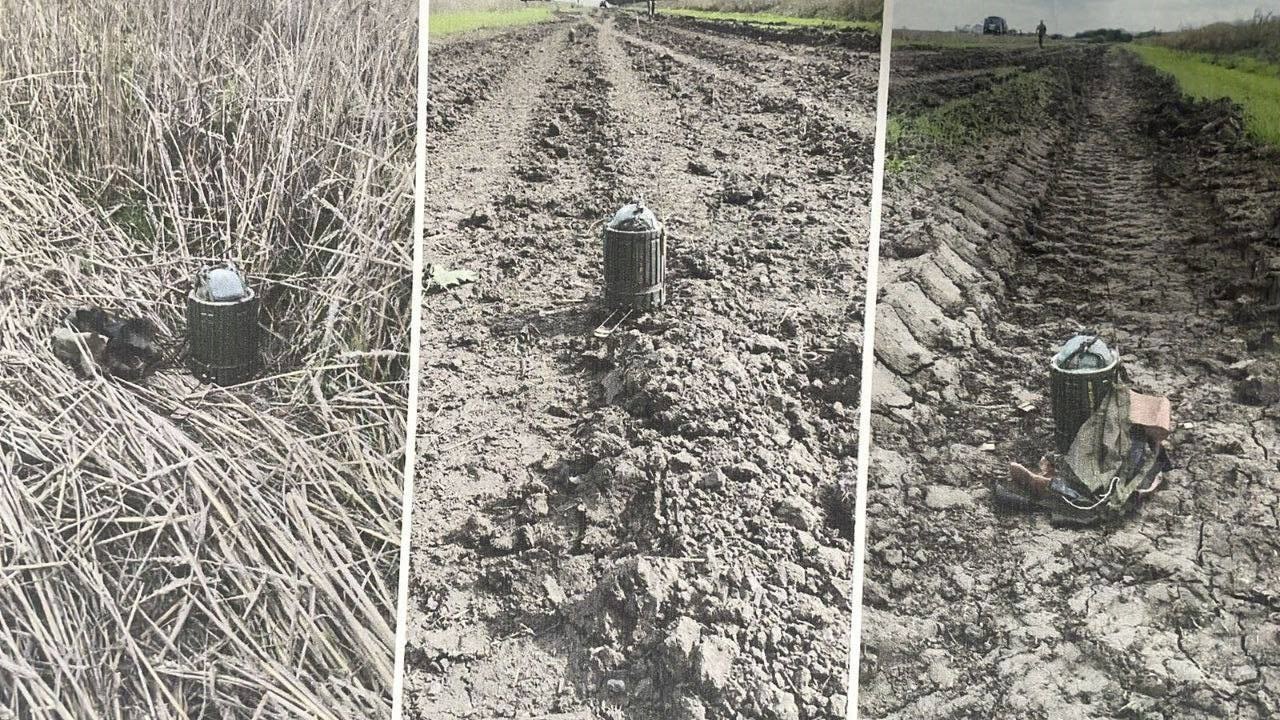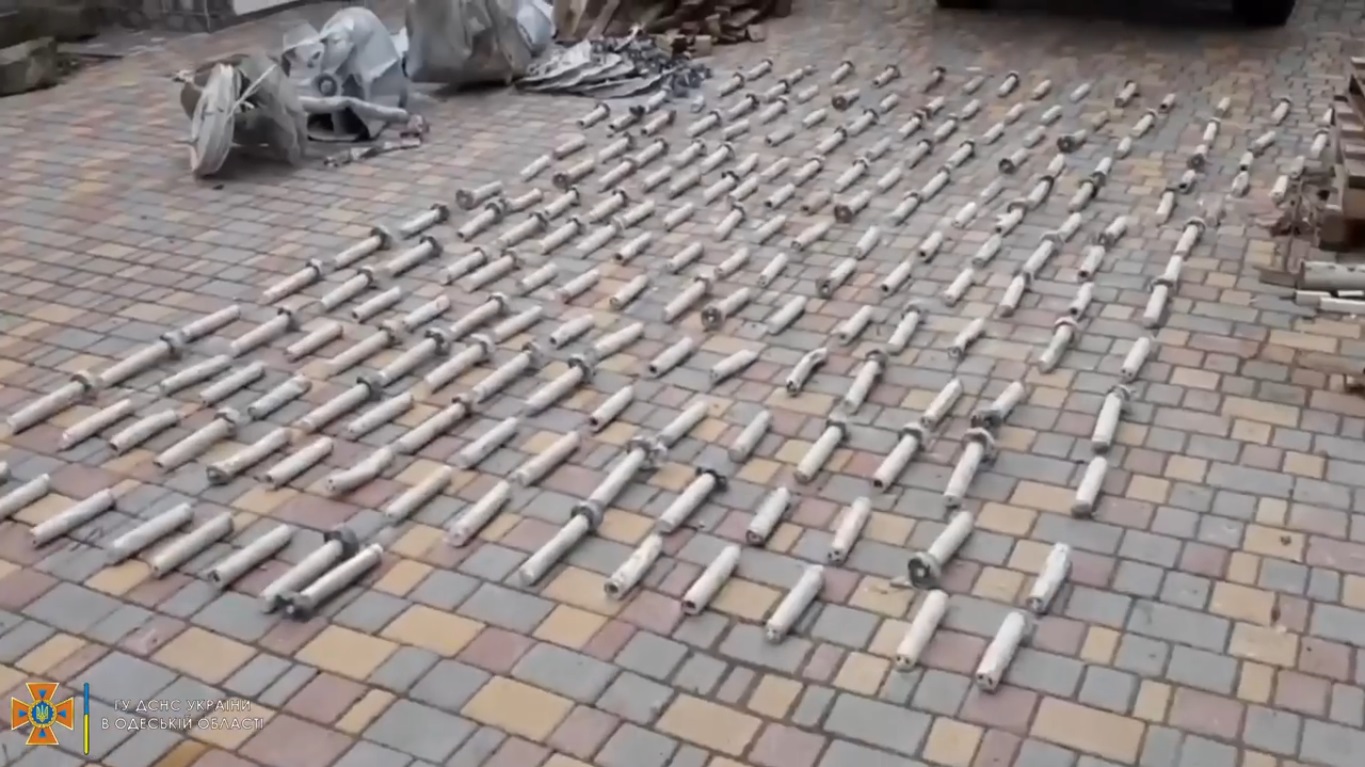For a long time Ukraine has been asking the allies to provide its armed forces with cluster munitions.
In this matter, many allies are “hand-tied” by the Convention on Cluster Munitions, which prohibits their use.
Cluster munition consists of containers that eject in the air and scatter a large number of explosive submunitions.
Once the Convention entered into force, its States Parties were obliged to immediately stop the use, production and transfer of cluster munitions.
However, not all countries, including Ukraine, agreed to abandon these weapons and weaken their armed forces.
In service with the former USSR countries there are several types of cluster munitions for artillery and aviation, which they inherited. The countries however classified their number in service.
The Soviet army left its former member republics with 152mm artillery-delivered cluster munitions. The first type is a 3-О-13 cluster munition shell used in 3VO13 and 3VO14 rounds. A projectile weighing 41.4 kg holds 8 fragmentation combat elements with a weight of 4.1 kg each.

This caliber also has 3-28/29/30 cluster artillery rounds with a 3-О-23 shell. It carries shaped charge-fragmentation bomblets. The rounds of all these types are compatible with a wide range of Soviet-type 152mm guns.
For the 2S7 Pion ACS designed a 203mm 3-О-14 shell, which is used with 3VO15/16 cluster rounds. It has a weight of 110 kg and carries 24 fragmentation bomblets with 230 grams of explosive.

The Soviet stockpiles contained a large number of 122mm for Grads and 220mm for the Uragan MRLs rockets.
These stocks have rockets of various modifications, which are equipped with cluster warheads. They carry fragmentation, incendiary and other combat submunitions. There are also submunition-based mines: anti-personnel and anti-tank ones.
In the war in Ukraine, 9M27K3 rockets were often used with the Uragan MLRS. Each such rocket carries PFM-1 anti-personnel mines, scattering them over a significant section of terrain.

Another often used type are 9M27K 220mm rockets with a 9N128K warhead which contain 9N210 fragmentation bomblets and 300mm unguided rockets for Smerch MLRS, with 9N235 bomblets.

For example, in July 2022, Russia launched a missile attack on one of the districts of the city of Kryvyi Rih, using a 300mm guided rocket of the Tornado-S MLRS, which scattered 9N235 submunitions over the city.

Also, the 9M79K missiles of the Tochka-U TBM are used in the war, which have a 9N123К cluster warhead.
The latter holds 50 submunitions with an explosive charge weighing 1.5 kg. There is a mechanism that provides the opening of the munition at an altitude of more than 2.2 km.
The Russian military began to use such Tochka-U missiles against Ukrainian cities on the first day of a full-scale invasion.
On February 24, 2022, according to Human Rights Watch, a Russian cluster munitions hit the Vuhledar hospital. As a result, four civilians were killed and ten were injured. Later, the nose-cone of the 9N123K missile was discovered in the city.

Besides, according to Human Rights Watch, the Russian military attacked Kramatorsk with the Tochka-U TBM with a cluster warhead.
At the time of the attack, there were many people waiting for evacuation at the train station. People were scared by the renewed hostilities in the city in accordance of the Russian full-scale invasion of Ukraine. As a result of the strike, according to the SSU, 61 people were killed, and 121 were injured.
The USSR also created aircraft-based cluster munitions. For example, there is a RBK-250 bomb with a mass of 273 kg, which contains submunitions to defeat various type of targets.

In Ukraine, PTAB-2,5M anti-tank submunitions from this bomb were adapted to be drop from commercial drones.
It is worth noting that Ukraine already receives cluster munitions of various purposes from Western allies.
In 2022, Germany transferred the missiles equipped with 28 DM1399 anti-tank mines, along with its MARS 2 MLRS.
After launching the missile, the cluster munitions are opened in the air and mines are lowered to the ground on parachutes.

The United States will provide the Ukrainian Armed Forces with RAAM cluster shells that create anti-tank minefields.
One RAAM 155mm shell carries nine mines. A battery of six guns can quickly create an anti-tank minefield at a distance of 16 kilometers, stopping the enemy’s armored offensive.
Also, the DM702 (SMArt 155) 155mm shells used by Ukraine can be counted as cluster munitions, which contain the submunitions.
The DM702 precision projectile has two submunitions that are separated after being fired and in a certain area begin to “search” for an armored target.

Ukrainian artillery also uses Swedish-French-made BONUS 155mm shells, which have two submunitions for defeating armored vehicles.

In December 2022, it became known that the Ukrainian military began to use M971 120mm mortar rounds.
Such ammunition has a caliber of 120mm and carries from 24 to 32 M85 or M87 fragmentation submunitions, respectively.

The supply of such mortar rounds has not been officially reported and their source remains unknown.
In January 2023, the American publication Foreign Policy stated that Turkey supplied Ukraine with a batch of М483А1 155mm cluster munitions.

The M483A1 155mm cluster shells have 88 submunitions.
Ukraine should constantly replenish its supplies of anti-personnel cluster munitions.
Last year, Estonia planned to transfer to Ukraine cluster shells of 155mm caliber, purchased from Germany. However, the deal fell through because the Germans banned re-export.
The deal regarded a DM632 shell from Rheinmetall, which contained 63 DM1385 submunitions and after releasing could cover an area of 100 square meters at an altitude of 300-500 meters.

However, the M483A1 (shorter range, 88 submunitions) and M864 (longer range, 72 submunitions) are two main 155mm cluster shells.
The M864 is the logical development of the M483A1 projectile. The projectile contains submunitions of two types: М42 and М46. There are 48 М42s and 24 М46s in the projectile.

The problem with these projectiles is that their submunitions М42 and М46 do not have self-destruction mechanisms.
Ukraine’s request also included an air-launched Mk-20 Rockeye II bomb.
The Mk-20 Rockeye II contains 247 Mk 118 submunitions with a length of 343 mm and a diameter of 53 mm, weighing 600 grams and a 180-gram shaped charge warhead that is capable of penetrating up to 190 mm of armor.

Cluster munitions are designed to destroy manpower and light armored vehicles in open areas. They break down into dozens of smaller charges, which can stay on the battlefield for years if they don’t explode immediately.
Ukraine could potentially send a Hydra M261 70mm MPSM air-delivered munitions.
These munitions contain 9 M73 submunitions for use against infantry and light armor.

In the future, the CBU-105 cluster bombs should not be ruled out as well.

The bomb contains 10 BLU-108/B submunitions, which have an infrared homing head and are designed to hit armored vehicles in their poorly protected roof.
After being ejected, the munition is lowered by parachute and begins to search for the target. Once it is detected, a rocket booster is launched and a tank or car is destroyed by shaped charge.
In the future, the United States can transfer missiles M39A1 ATACMS to Ukraine with cluster warheads.
Cluster munitions are dangerous to civilians even decades after the end of hostilities.
A large area of destruction of these munitions and a large number of submunitions that do not explode at the scheduled moment lead to a huge number of civilian casualties.
Most submunitions are designed to explode during impact. The vast majority of them have free fall. That is, each of these ammunition has no specific purpose.

Moreover, the accuracy of most submunitions may be influenced by weather or other environmental factors. Therefore, they can affect areas near military facilities.
According to experts, the percentage of failure of these ammunition in recent conflicts is from 10% to 40%.

The large-scale use of these ammunition leads to the entire regions being “seeded” with tens of thousands of dangerous objects that did not rupture on time and lie on the ground in an unstable state.
Therefore, there was an ambiguous attitude towards this type of weapon in the world. That is why a number of countries refused to use such ammunition.
Підтримати нас можна через:
Приват: 5169 3351 0164 7408 PayPal - [email protected] Стати нашим патроном за лінком ⬇
Subscribe to our newsletter
or on ours Telegram
Thank you!!
You are subscribed to our newsletter